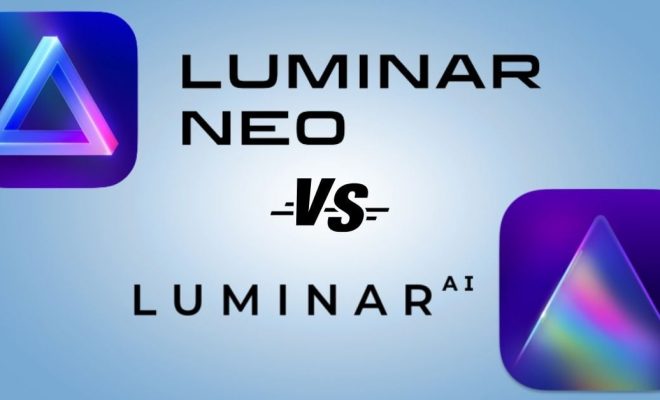Luminar Neo vs. Luminar AI: Which Is the Better Photo Editor?

As technology continues to evolve at a rapid pace, photo editing software has become more accessible and user-friendly than ever before. Luminar, a popular photo editor developed by Skylum, has been leading the charge in this space. Luminar AI, launched in 2020, was a huge success, but now a newer version – Luminar Neo is in the market. But the question remains, which is better: Luminar Neo or Luminar AI?
Luminar AI was marketed as a revolutionary photo editor that uses artificial intelligence to simplify complex editing tasks. It offers a range of AI features, including sky replacement, portrait enhancement, and body reshaping. Luminar Neo, on the other hand, is designed to cater to professionals and offers advanced editing features, including layers and masking. However, there is a considerable overlap in their features, which makes the comparison challenging.
One of the significant differences between the two is target customers. Luminar AI aims to simplify photo editing for amateurs, whereas Luminar Neo is more targeted at professionals. Luminar AI has a more user-friendly interface and simplified selection of tools, and all it takes is a few clicks to adjust a photo. Luminar Neo has a slightly steeper learning curve and is geared towards those who need more control over the editing process.
That being said, Luminar Neo offers a lot more tools, and therefore, the flexibility to make complex edits. It features more advanced masking options, smarter painting and selection tools, layer support, and advanced color-grading controls. While the AI-driven features of Luminar AI are impressive for beginners, Luminar Neo is where professionals are spoilt for choice.
Both Luminar Neo and Luminar AI support RAW files, but Luminar Neo has a faster and more responsive image processing engine. For professionals, speed is crucial, and Luminar Neo does not disappoint, whereas Luminar AI falls short.
Another significant difference between the two is in the output. Luminar Neo enables the export of files in a wider range of file formats, including EXR, HEIF, and TIFF. This feature is a huge difference-maker for professional photographers, as they may have specific requirements for their output.





